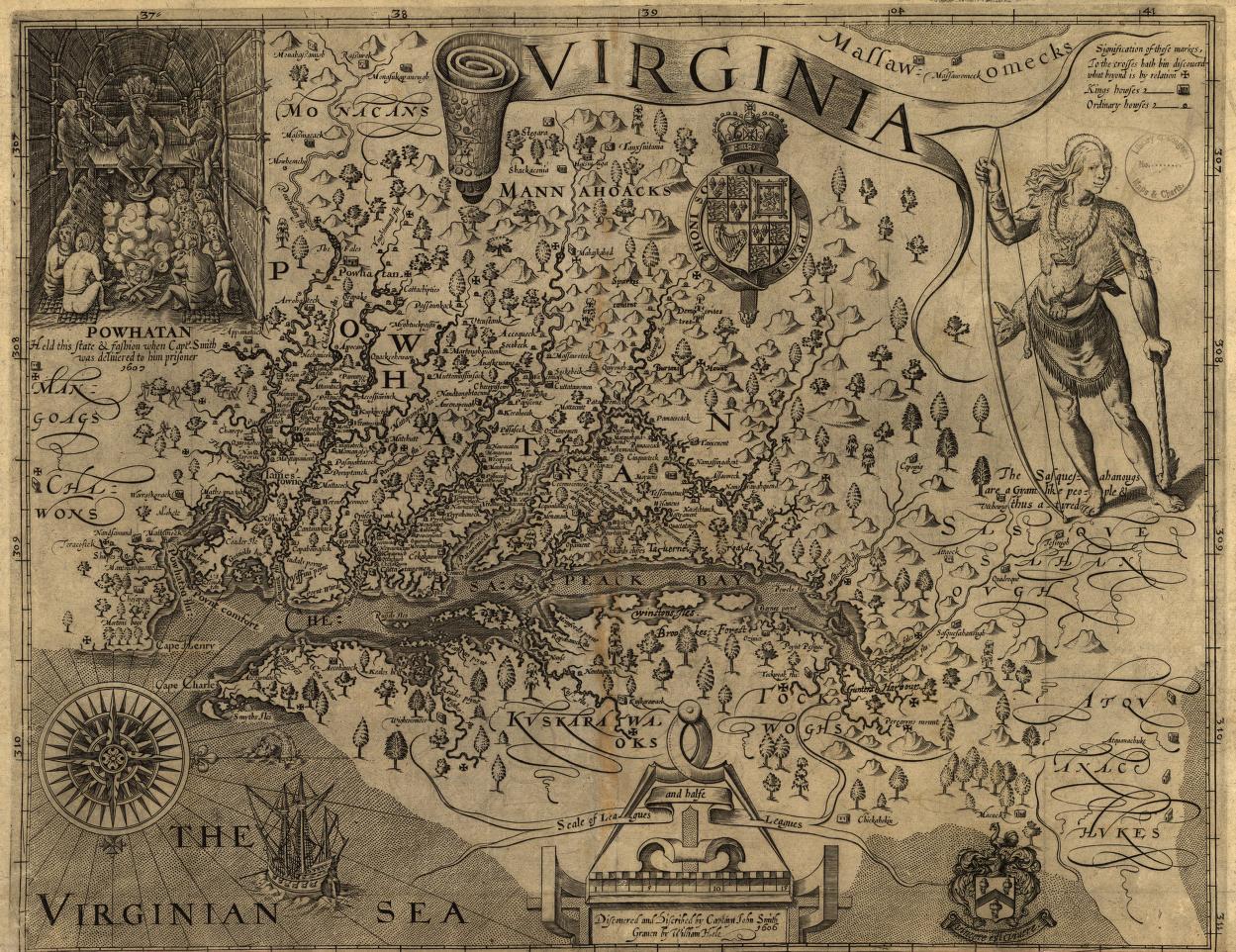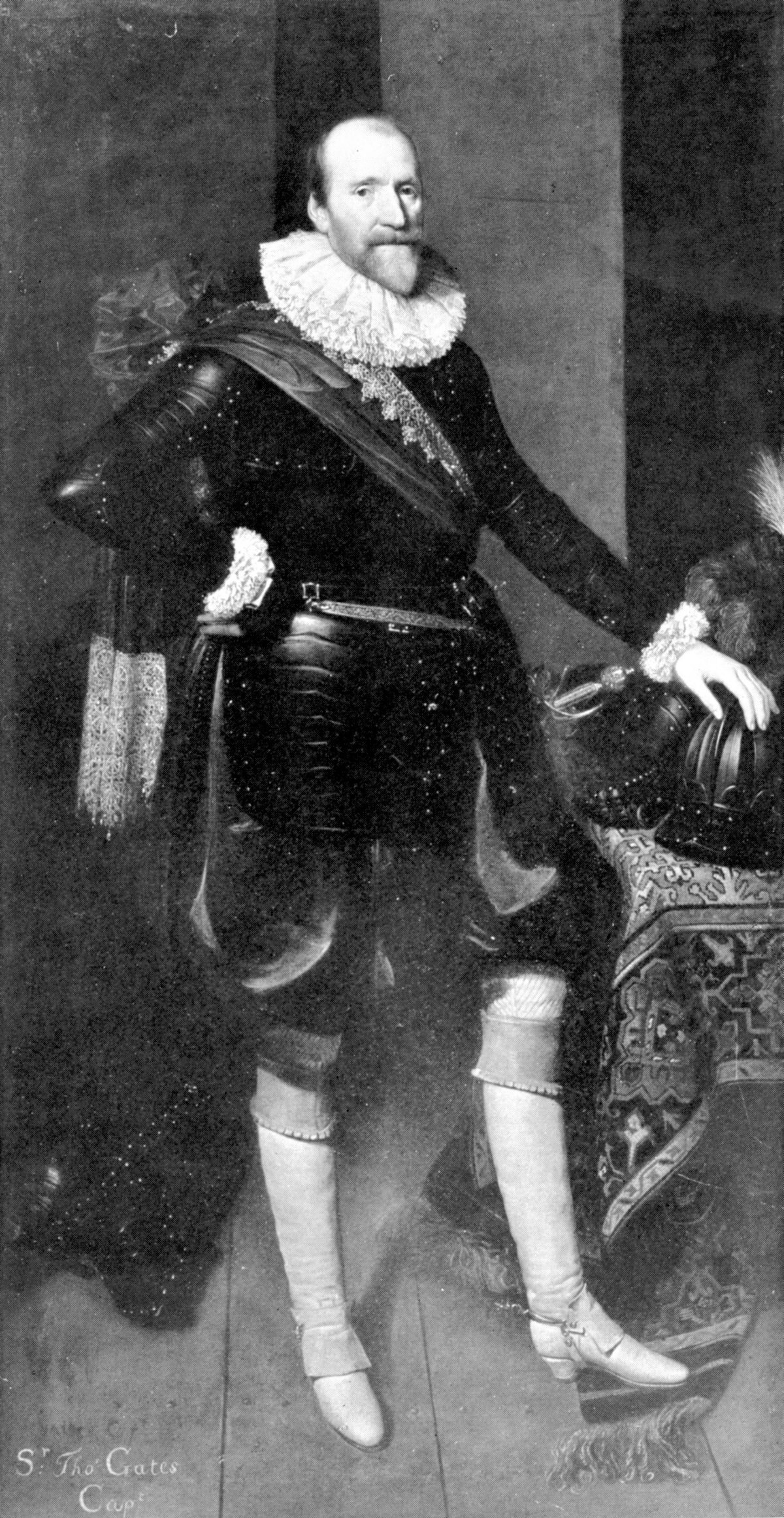Authors:
Historic Era: Era 2: Colonization and Settlement (1585-1763)
Historic Theme:
Subject:
Winter 2010 | Volume 59, Issue 4


Authors:
Historic Era: Era 2: Colonization and Settlement (1585-1763)
Historic Theme:
Subject:
Winter 2010 | Volume 59, Issue 4

Arriving at the English colony of Jamestown in late May 1610, Sir Thomas Gates was appalled by what he discovered. The fort’s palisades had been torn down, the church ruined, and empty houses “rent up and burnt.” Only 60 or so colonists remained alive of the more than 200 who had crowded into the fort the previous fall, and these were “Lamentable to behold.” Those able to raise themselves from their beds to meet Gates and his men “Looked Like Anatomies” [skeletons]. They cried out, “We are starved We are starved.” Yet Gates could do little to relieve them.
Jamestown, established in May 1607, had not prospered. By the end of 1608, a combination of dissension among the colony’s leaders, Indian attacks, and food shortages had left it in true disarray. Hearing this, its sponsor, the Virginia Company of London, decided to put the colony on a completely new footing and launched a national appeal for support. Securing Virginia, the company argued, was the first step by which the English could take possession of North America, bring Protestantism to the Indians, and produce valuable commodities for sale at home and abroad.
In June 1609, a fleet commanded by Gates had set out from Plymouth, England, carrying 500 settlers, food, arms, and equipment to Jamestown, only to meet with disaster on July 24—St. James’s Day—when a mighty hurricane burst upon the fleet little more than a week from its destination and scattered it upon the winds. Gates and most of the colony’s leaders were aboard the flagship Sea Venture, which was wrecked upon the reefs surrounding Bermuda. One hundred fifty passengers scrambled ashore, thankful for their miraculous salvation, but had to spend nearly ten months on the island before they were able to complete the construction of two small ships, the Deliverance and the Patience, and make their way to their original objective.

While Gates and his men rebuilt their boats, a number of events conspired to make Jamestown’s existence even more perilous. In mid-July 1610, a small Spanish ship sent to reconnoiter from the garrison at St. Augustine, Florida, entered the Chesapeake Bay. While the ship got no farther than the mouth of the James River before being turned back by a larger English vessel, the Spanish now knew where the English were settled. It could only be a matter of time, the English feared, before a Spanish fleet was dispatched against them from bases in the West Indies.
Later that fall, the Powhatan Indians launched a full-scale war